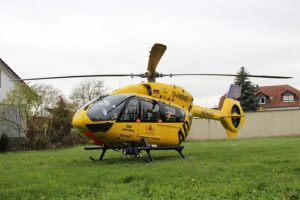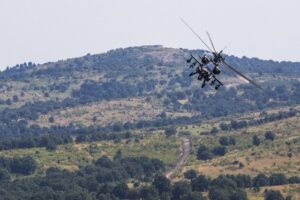
Flashlights for search and rescue (SAR) operations are critical tools that must meet high standards of performance and durability under challenging conditions. These specialized flashlights are designed with powerful lumen output to illuminate long distances, ensuring rescuers can quickly identify subjects and locate individuals in distress. They feature robust constructions capable of withstanding impacts and harsh environments, along with ergonomic designs for a secure grip, even when hands are wet or occupied with other tasks. Additionally, these flashlights often come with versatile attachment points or wearable options to keep them accessible at all times. With their resilience and high-intensity beams, these flashlights play an indispensable role in enhancing the operational safety and efficiency of SAR teams during critical interventions.
In the realm of search and rescue (SAR) operations, the evolution of flashlight technology has significantly enhanced the capabilities of first responders. This article delves into the advancements of high-intensity beam technology, which is transforming the way wide-area searches are conducted. We will explore the critical features and practical applications of these powerful search tools, ensuring they are optimized for endurance and designed to withstand the rigors of fieldwork. From the key technical specifications that define a high-intensity search and rescue flashlight to the best practices in their deployment, this piece offers a comprehensive guide for those who rely on these beacons of light in critical situations. Prepare to understand how such flashlights For Search And Rescue Operations can illuminate the path forward in complex missions.
- Advancements in High-Intensity Beam Technology for Enhanced Search and Rescue Flashlights
- The Role of High-Intensity Beam Flashlights in SAR Missions: Covering More Ground
- Key Features to Consider in a Search and Rescue Flashlight with High-Intensity Outputs
- Practical Applications: How High-Intensity Beam Flashlights Aid in Wide-Area Search Operations
- Battery Life and Efficiency: Powering Long Searches with High-Intensity Beam Flashlights
- The Importance of Durability and Design in SAR Flashlights with High-Intensity Outputs
- Training and Best Practices for Utilizing High-Intensity Beam Flashlights in Search and Rescue
Advancements in High-Intensity Beam Technology for Enhanced Search and Rescue Flashlights

The field of search and rescue operations has seen significant advancements with the development of high-intensity beam technology, which has greatly improved the capabilities of flashlights used in these critical tasks. These state-of-the-art flashlights, known as Flashlights for Search and Rescue Operations, are engineered to penetrate darkness effectively, enabling rescuers to illuminate wide areas quickly and efficiently. The intense beams can reach impressive distances, making them indispensable tools for locating individuals in need of assistance over vast terrains or within dense environments where visibility is severely compromised.
The latest iterations of these high-intensity beam devices incorporate sophisticated optics and energy-efficient LEDs that provide an unparalleled level of brightness while maintaining a reasonable power consumption profile. This technological progression has led to the creation of flashlights that not only increase the safety and efficiency of search teams but also extend operation times, allowing for extended searches without the need for frequent battery replacements or recharging. The integration of advanced thermal management systems within these devices ensures a consistent light output, further enhancing their reliability and performance during long-duration missions. These improvements are instrumental in expediting the location and extraction of survivors in perilous situations, underscoring the importance of technological innovation in the realm of search and rescue equipment.
The Role of High-Intensity Beam Flashlights in SAR Missions: Covering More Ground
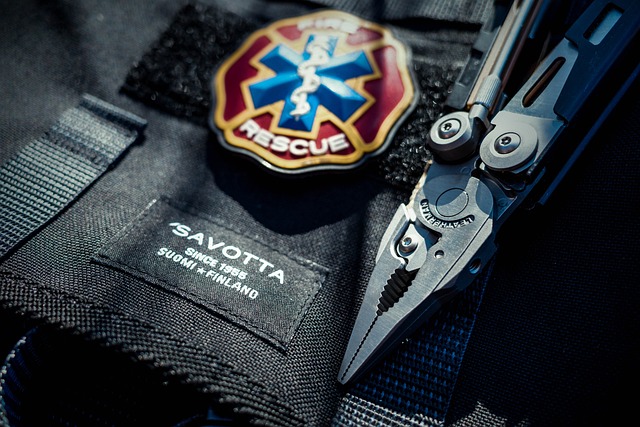
Key Features to Consider in a Search and Rescue Flashlight with High-Intensity Outputs

Practical Applications: How High-Intensity Beam Flashlights Aid in Wide-Area Search Operations
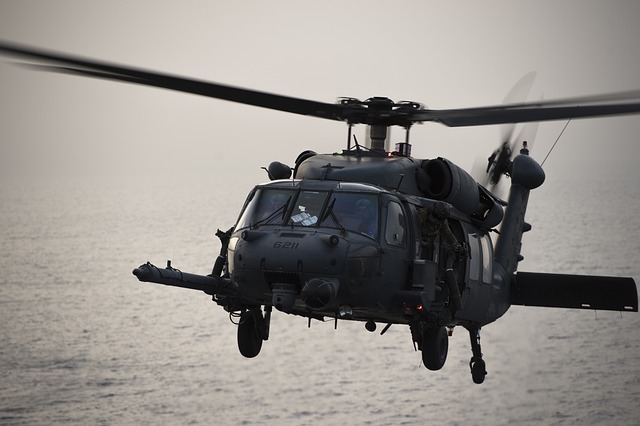
High-intensity beam flashlights have become indispensable tools in search and rescue operations, particularly when it comes to wide-area searches. Their ability to illuminate vast expanses with a concentrated light source allows rescuers to quickly scan environments such as forests, deserts, or urban landscapes. The penetrating luminosity of these flashlights can reveal potential signs of life, such as heat signatures or movement, from considerable distances. This capability significantly reduces the time it takes to visually cover large areas, which is crucial when every moment counts in a search and rescue mission. Moreover, the advanced technology behind these devices often includes features like high-resolution optics, long battery life, and rugged designs that can withstand harsh conditions. These characteristics ensure that flashlights for search and rescue operations remain reliable under pressure, providing rescuers with a dependable light source to locate individuals in need of assistance effectively.
The practical applications of high-intensity beam flashlights extend beyond their use in conventional searches. Their versatility makes them valuable in various scenarios, including disaster response, where they can illuminate debris fields or collapsed structures, aiding in the swift identification of survivors. In addition to search and rescue, these devices are also employed by law enforcement during wide-area perimeter security operations or by military personnel for reconnaissance purposes. The adaptability of high-intensity beam flashlights, coupled with their portability and power efficiency, makes them a critical component in the arsenal of professionals tasked with ensuring public safety and security across different terrains and environments.
Battery Life and Efficiency: Powering Long Searches with High-Intensity Beam Flashlights
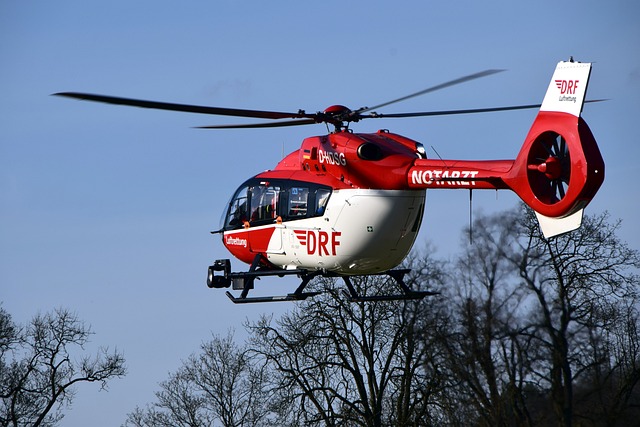
High-intensity beam flashlights play a pivotal role in search and rescue operations, where visibility and battery longevity are critical. The design of these flashlights incorporates advanced technology to maximize efficiency, ensuring that they can maintain a high-intensity beam for extended periods. This is essential when professionals are scanning wide areas or navigating through complex environments where every lumen counts. The challenge of powering these high-output devices without frequent battery changes has been addressed by integrating energy-efficient LEDs and optimizing the flashlight’s thermal management system. As a result, search and rescue teams can conduct operations over many hours, relying on flashlights that provide a reliable light source without compromising on intensity or beam quality. The focus on battery life and efficiency in these flashlights not only enhances their practicality for emergency response scenarios but also ensures that the technology is sustainable and cost-effective for prolonged search missions.
The Importance of Durability and Design in SAR Flashlights with High-Intensity Outputs

In search and rescue (SAR) operations, the reliability and effectiveness of equipment can often determine the success of a mission. Flashlights for SAR are no exception, as they serve a critical role in illuminating wide areas during nighttime or low-visibility conditions. The importance of durability in these flashlights cannot be overstated; they must withstand harsh environments and prolonged use without failure. A high-intensity output is essential for lighting up large expanses quickly, which can significantly aid in the rapid identification of subjects in need of assistance. Design elements such as a robust construction, impact resistance, and a secure grip are paramount to ensure the flashlight remains operational when it matters most. Furthermore, the design must account for the user’s needs, incorporating features like a sturdy clasp or a wearable option to keep hands free for other critical tasks. The best flashlights for SAR operations combine high-intensity outputs with unparalleled durability, ensuring they are an indispensable tool in the arsenal of search and rescue professionals. These devices are engineered to operate under the most challenging conditions, providing a dependable light source that can cut through the darkness over vast areas, thereby enhancing the safety and efficiency of SAR teams during critical operations.
Training and Best Practices for Utilizing High-Intensity Beam Flashlights in Search and Rescue
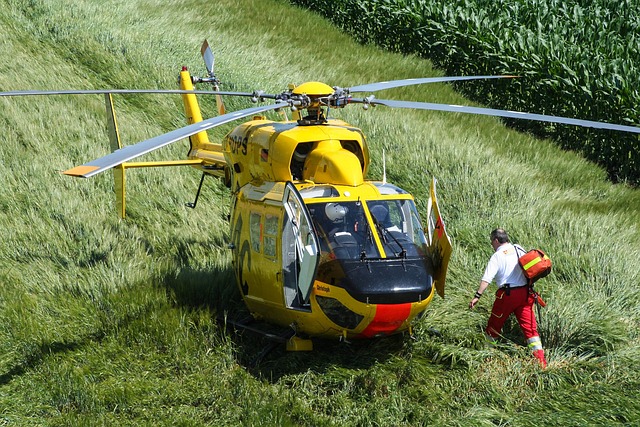
When employing high-intensity beam flashlights during search and rescue operations, proper training is paramount to effectively utilize their capabilities. Operators must familiarize themselves with the varying light intensities and beam distances these devices offer. Flashlights for search and rescue operations are designed with different settings, ranging from focused beams ideal for long-range signaling to broader, diffused illuminations necessary for scanning wider areas. Training should include scenarios that mimic real-world conditions, allowing rescuers to practice targeting techniques and understand the limitations of their equipment under various environmental factors such as fog, dust, or darkness. Best practices dictate a clear protocol for when and how to use these flashlights; for instance, conserving battery life by using lower intensities during initial searches and switching to high intensity when a potential victim is located to ensure maximum visibility. Consistency in training ensures that rescuers can swiftly adapt to the situation at hand, effectively employing these powerful tools to maximize their search and rescue efficiency.
In conjunction with technical proficiency, safety measures must be integral to the operation of high-intensity beam flashlights. Operators must be trained to recognize the potential risks, such as eye strain or injury from direct exposure to the intense light. Best practices also involve understanding the environmental impact, including the effects on wildlife and the importance of not overusing the flashlight to preserve both the device’s functionality and the rescuers’ well-being. Regular maintenance checks are crucial to ensure that the flashlights are in optimal condition for when they are most needed. By combining technical knowledge with safety considerations and regular practice, search and rescue teams can effectively use high-intensity beam flashlights to enhance their operations and improve the chances of a successful mission.
In conclusion, advancements in high-intensity beam technology have significantly elevated the capabilities of flashlights for search and rescue (SAR) operations. These innovative flashlights not only illuminate vast areas with intense brightness but also offer extended battery life and robust durability, ensuring they are reliable tools for SAR teams. Key features such as adjustable intensity settings and focused beams enable responders to navigate challenging environments effectively. As these high-intensity beam flashlights continue to evolve, their integration into training and best practices will further enhance the efficiency and success of wide-area search operations, ultimately saving lives more efficiently. These tools represent a significant leap forward in the field of SAR, underscoring their importance in the arsenal of equipment used by first responders.

